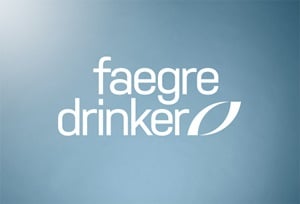Supreme Court Decides Yates v. United States
On February 25, 2015, the U.S. Supreme Court decided Yates v. United States, No. 13-7451, holding that fish are not “tangible objects” within the meaning of 18 U. S. C. §1519, a federal law providing that a person who knowingly destroys or conceals “any record, document, or tangible object” with the intent to obstruct a federal investigation may be fined or imprisoned.
To prevent authorities from finding that he had caught undersized fish, commercial fisherman John Yates ordered a crew member to toss his catch into the Gulf of Mexico. Yates was convicted of violating 18 U. S. C. §1519, which makes it a criminal act if a person “knowingly alters, destroys, mutilates, conceals, covers up, falsifies, or makes a false entry in any record, document, or tangible object with the intent to impede, obstruct, or influence” a federal investigation. Yates appealed, arguing that § 1519 uses “tangible objects” to refer to computer hard drives and other objects that store information, not to fish. But the Eleventh Circuit affirmed, noting that fish fell within the dictionary definition of “tangible objects.”
The Supreme Court reversed. A four-justice plurality agreed with Yates that “tangible object” is “better read” to cover objects that can record or preserve information, rather than all objects in the physical world. Acknowledging the broader dictionary definition, the plurality began with the principle that whether a statutory term is unambiguous depends not just on its language but on “the specific context in which that language is used, and the broader context of the statute as a whole.” The heading “Destruction, alteration, or falsification of records in Federal investigations and bankruptcy,” it reasoned, suggested no intent to ban spoliation of all physical evidence. Nor did the placement of §1519 immediately after pre-existing provisions relating to corporate fraud and financial audits indicate Congress meant to enact an across-the-board ban on destroying physical evidence. After applying other interpretive tools, the Court found that the rule of lenity applied to resolve any remaining doubt as to the meaning of “tangible object” in favor of Yates.
Justice Alito provided the fifth vote to construe the statute in favor of Yates, concluding that traditional rules of statutory construction “pointed toward filekeeping rather than fish.”
Justice Ginsburg announced the judgment of the Court and delivered the plurality opinion, in which Chief Justice Roberts and Justices Breyer and Sotomayor joined. Justice Alito filed an opinion concurring in the judgment. Justice Kagan filed a dissenting opinion, in which Justices Scalia, Kennedy, and Thomas joined.



